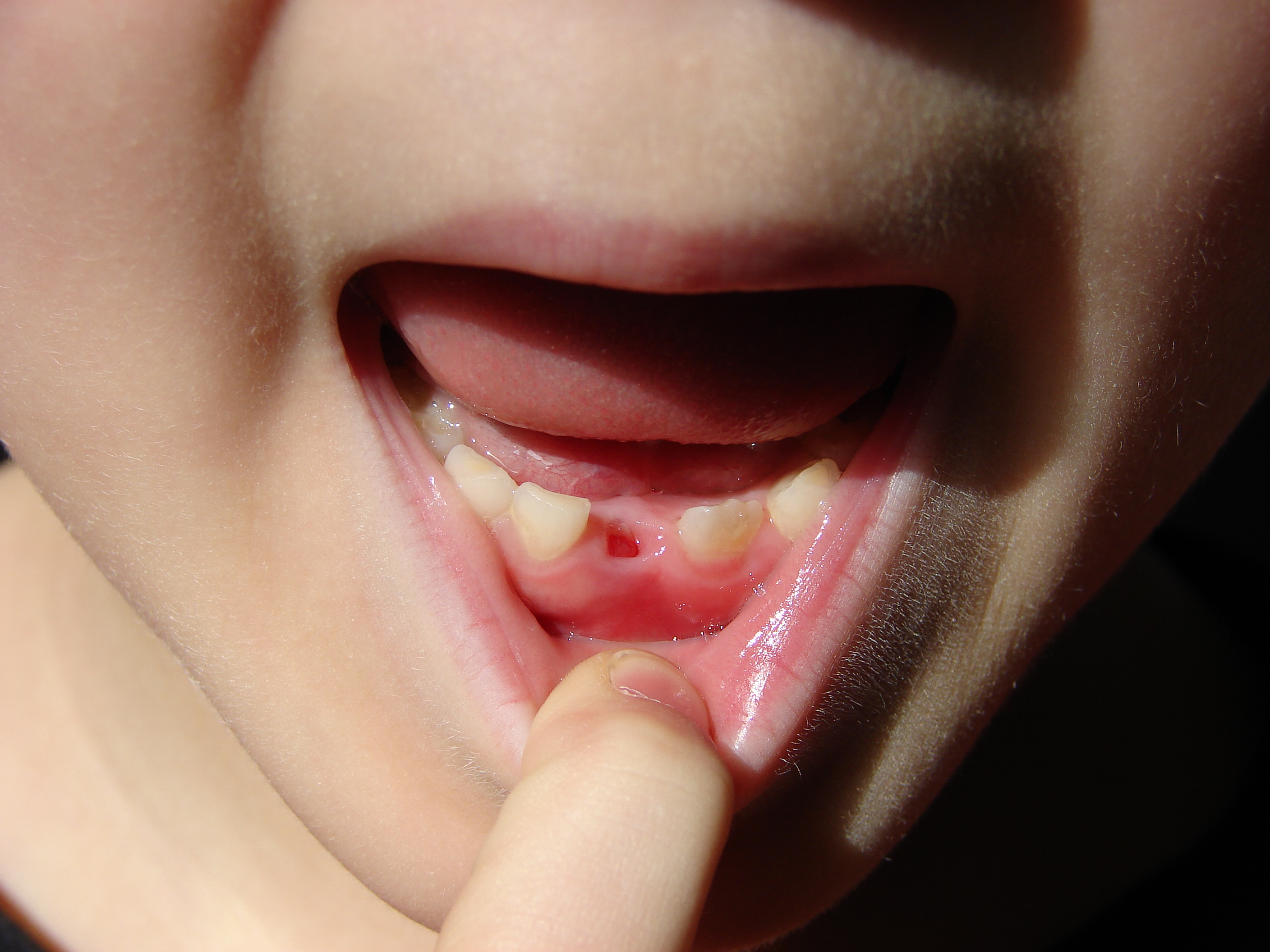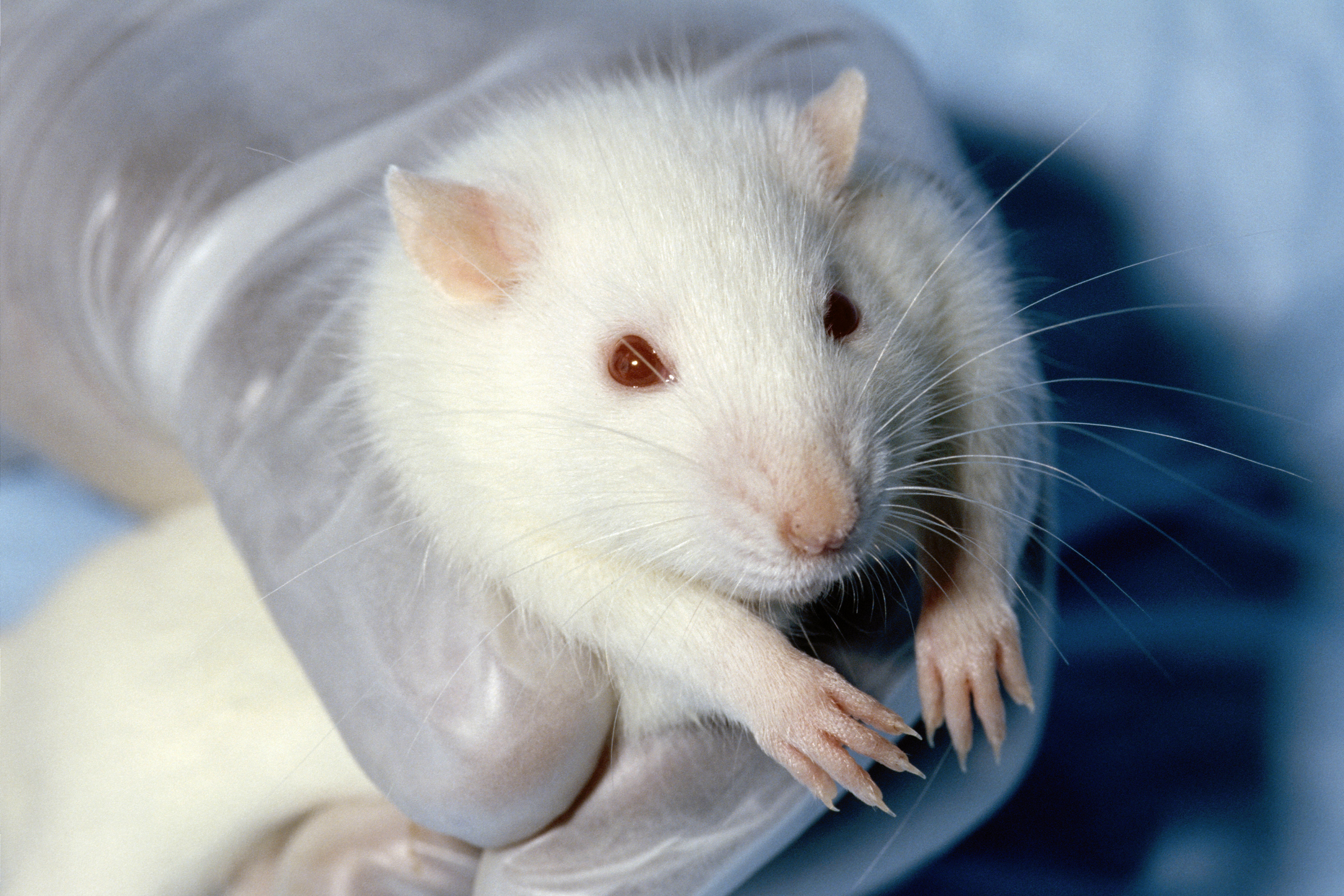|
Teeth Clipping
Teeth clipping in pigs is a management practice in which the sharp tips of newborn piglets' teeth are trimmed or filed to reduce the risk of injury to sows during nursing and minimize aggression-related injuries among piglets. Piglets are born with erupted teeth, in order to avoid sow teat injury and damage between piglets, some farms clip their deciduous teeth. Lesions caused by piglet teeth are superficial and mortality is lower among pigs that don't undergo painful procedures, including teeth clipping. Disadvantages The benefits of teeth clipping do not exceed the negative aspects. Some of the disadvantages of teeth clipping are: * Piglets may stop eating due to pain * Antibiotic overuse * Decreased weight gain * Hemorrhage(blood loss) * Teeth fracture * Gum damage * Abscess * Mouth infections * Joint infections * Systemic infections * Lethargy due to infection * Higher stress and cortisol which reduces mucle mass in pigs Ethics The procedure is painful and produces chron ... [...More Info...] [...Related Items...] OR: [Wikipedia] [Google] [Baidu] |
Deciduous Teeth
Deciduous teeth or primary teeth, also informally known as baby teeth, milk teeth, or temporary teeth,Fehrenbach, MJ and Popowics, T. (2026). ''Illustrated Dental Embryology, Histology, and Anatomy'', 6th edition, Elsevier, page 287–296. are the first set of teeth in the growth and development of humans and other diphyodonts, which include most mammals but not elephants, kangaroos, or manatees, which are polyphyodonts. Deciduous teeth Animal tooth development, develop during the embryonic stage of development and tooth eruption, erupt (break through the gums and become visible in the mouth) during infancy. They are usually lost and replaced by permanent teeth, but in the absence of their permanent replacements, they can remain functional for many years into adulthood. Development Formation Primary teeth start to form during the embryonic phase of human development (biology), human life. The development of primary teeth starts at the sixth week of tooth development as the d ... [...More Info...] [...Related Items...] OR: [Wikipedia] [Google] [Baidu] |
Pulp (tooth)
The pulp is the connective tissue, nerves, blood vessels, and odontoblasts that comprise the innermost layer of a tooth. The pulp's activity and signalling processes regulate its behaviour. Anatomy The pulp is the neurovascular bundle central to each tooth, permanent tooth, permanent or primary tooth, primary. It is composed of a central pulp chamber, pulp horns, and radicular canals. The large mass of the pulp is contained within the pulp chamber, which is contained in and mimics the overall shape of the crown of the tooth.Fehrenbach, MJ. and Popowics, T. (2026), ''Illustrated Dental Embryology, Histology, and Anatomy'', Elsevier, page 185-86. Because of the continuous deposition of the dentine, the pulp chamber becomes smaller with the age. This is not uniform throughout the coronal pulp but progresses faster on the floor than on the roof or sidewalls. Radicular pulp canals extend down from the cervical region of the crown to the Root apex (dental), root apex. They are not ... [...More Info...] [...Related Items...] OR: [Wikipedia] [Google] [Baidu] |
Cruelty To Animals
Cruelty to animals, also called animal abuse, animal neglect or animal cruelty, is the infliction of suffering or Injury, harm by humans upon animals, either by omission (neglect) or by commission. More narrowly, it can be the causing of harm or suffering for specific achievements, such as killing animals for food or entertainment; cruelty to animals is sometimes due to a mental disorder, referred to as zoosadism. Divergent approaches to Animal rights by country or territory, laws concerning animal cruelty occur in different jurisdictions throughout the world. For example, some laws govern methods of killing animals for food, clothing, or other products, and other laws concern the keeping of animals for entertainment, education, research, or pets. There are several conceptual approaches to the issue of cruelty to animals. Even though some practices, like animal fighting, are widely acknowledged as cruel, not all people or cultures have the same definition of what constitutes an ... [...More Info...] [...Related Items...] OR: [Wikipedia] [Google] [Baidu] |
Overview Of Discretionary Invasive Procedures On Animals
Numerous procedures performed on domestic animals are usually more invasive than purely cosmetic alterations, but differ from types of veterinary surgery that are performed exclusively for health reasons. Such procedures have been grouped together under the technical term ' mutilatory' by the Royal College of Veterinary Surgeons in a report describing the reasons for their being conducted and their welfare consequences, and by others. The term ''mutilatory'' generally connotes some form of disfigurement or even maiming. There are multiple definitions and interpretations that carry varying degrees of emotional intensity. Merriam-Webster defines "mutilate" as "to cut up or alter radically so as to make imperfect", but gives a relatively mild example: "the child mutilated the book with his scissors". Animal rights advocates often pejoratively refer to these procedures as ''mutilations.'' PETA states that one issue with current forms of non-human animal treatment is that the ani ... [...More Info...] [...Related Items...] OR: [Wikipedia] [Google] [Baidu] |
Intensive Pig Farming
Intensive pig farming, also known as pig factory farming, is the primary method of pig production, in which grower pigs are housed indoors in group-housing or straw-lined sheds in establishments also known as piggeries, whilst pregnant sows are housed in gestation crates or pens and give birth in farrowing crates. The use of gestation crates for pregnant sows has lowered birth production costs; Gestation crates or individual stalls are used as a way to nurture the animals and protect them first during pregnancy. Because the animals are vulnerable during this time, with some sows more aggressive than others, the practice of separating the animals in crates keeps them from fighting and injuring each other. In addition, the case has also been made that crates make it easier for hog farmers to monitor individual sow health and administer vaccines as needed. Many of the world's largest producers of pigs ( US, China, and Mexico) use gestation crates. The European Union has banned t ... [...More Info...] [...Related Items...] OR: [Wikipedia] [Google] [Baidu] |
Pigs
The pig (''Sus domesticus''), also called swine (: swine) or hog, is an omnivorous, domesticated, even-toed, hoofed mammal. It is named the domestic pig when distinguishing it from other members of the genus '' Sus''. Some authorities consider it a subspecies of ''Sus scrofa'' (the wild boar or Eurasian boar); other authorities consider it a distinct species. Pigs were domesticated in the Neolithic, both in China and in the Near East (around the Tigris Basin). When domesticated pigs arrived in Europe, they extensively interbred with wild boar but retained their domesticated features. Pigs are farmed primarily for meat, called pork. The animal's skin or hide is used for leather. China is the world's largest pork producer, followed by the European Union and then the United States. Around 1.5 billion pigs are raised each year, producing some 120 million tonnes of meat, often cured as bacon. Some are kept as pets. Pigs have featured in human culture since Neolithic time ... [...More Info...] [...Related Items...] OR: [Wikipedia] [Google] [Baidu] |




